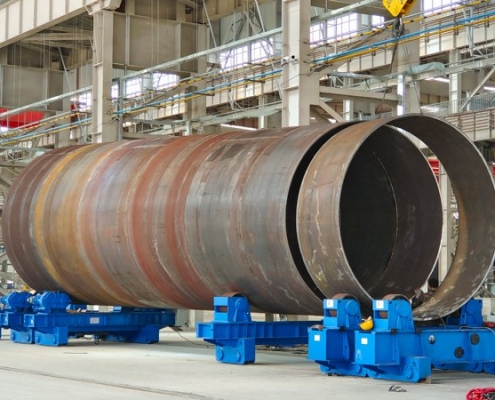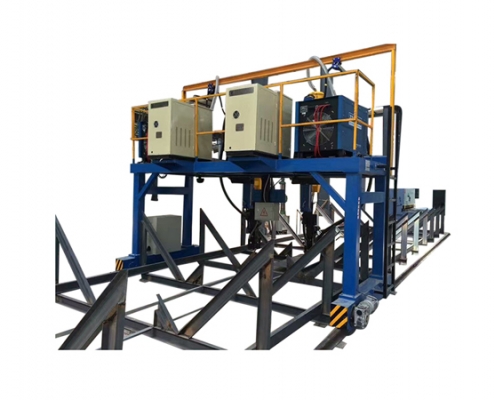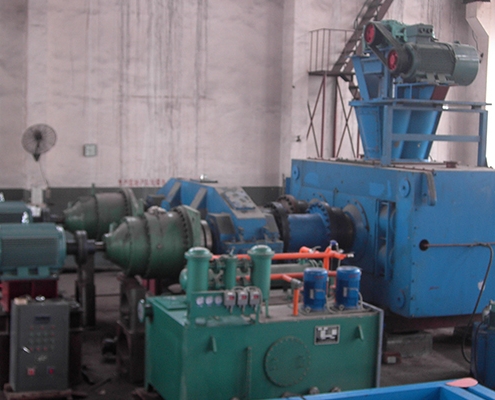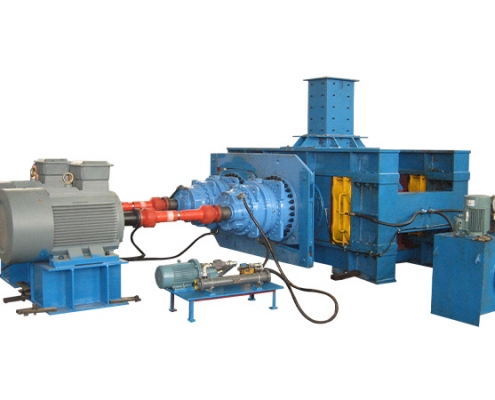Blog

How to perform daily maintenance on a wind tower welding production line?
NewsPerforming daily maintenance on a wind tower welding production line is critical for ensuring safety, weld quality, equipment longevity, and maximizing uptime. A breakdown can halt the entire production process, which is incredibly costly.
Core…

What to do if the welding rotator not turning and troubleshooting
NewsWelding rotators are essential equipment in industries such as pressure vessel manufacturing, pipe welding, and tank fabrication. They help rotate cylindrical workpieces smoothly, ensuring consistent weld quality and improving efficiency. However,…

Gantry Welding Machine Installation Process: A Comprehensive Guide
NewsAre you preparing to install a new gantry welding machine? A proper installation is crucial for ensuring the machine’s performance, safety, and longevity. This comprehensive guide will walk you through the entire Gantry welding machine installation…

What are the reasons why the briquetting machine is not strong?
NewsA briquetting machine is designed to compress raw materials into solid briquettes with high density and durability. However, in actual production, many users find that the briquettes are not strong enough, easily breaking apart during handling,…

Energy Consumption Analysis of Briquetting Machines
NewsThe energy consumption of a briquetting machine is a critical factor that directly impacts the profitability and environmental sustainability of a briquetting operation. A thorough analysis involves understanding where energy is used, what…

How HPGR Equipment Improves Grinding Efficiency
NewsHPGRs improve grinding efficiency primarily through a fundamentally different and more energy-efficient breakage mechanism called inter-particle comminution. This process not only consumes significantly less energy (20-50% less) than traditional…


